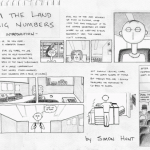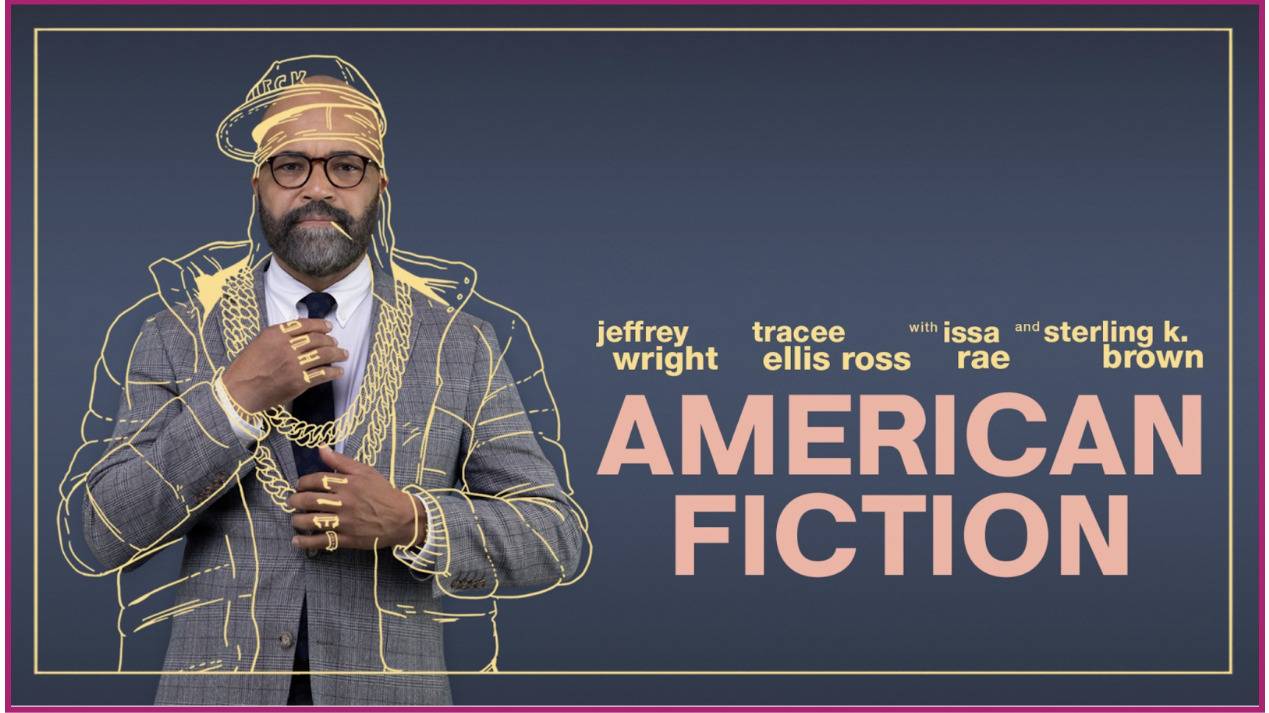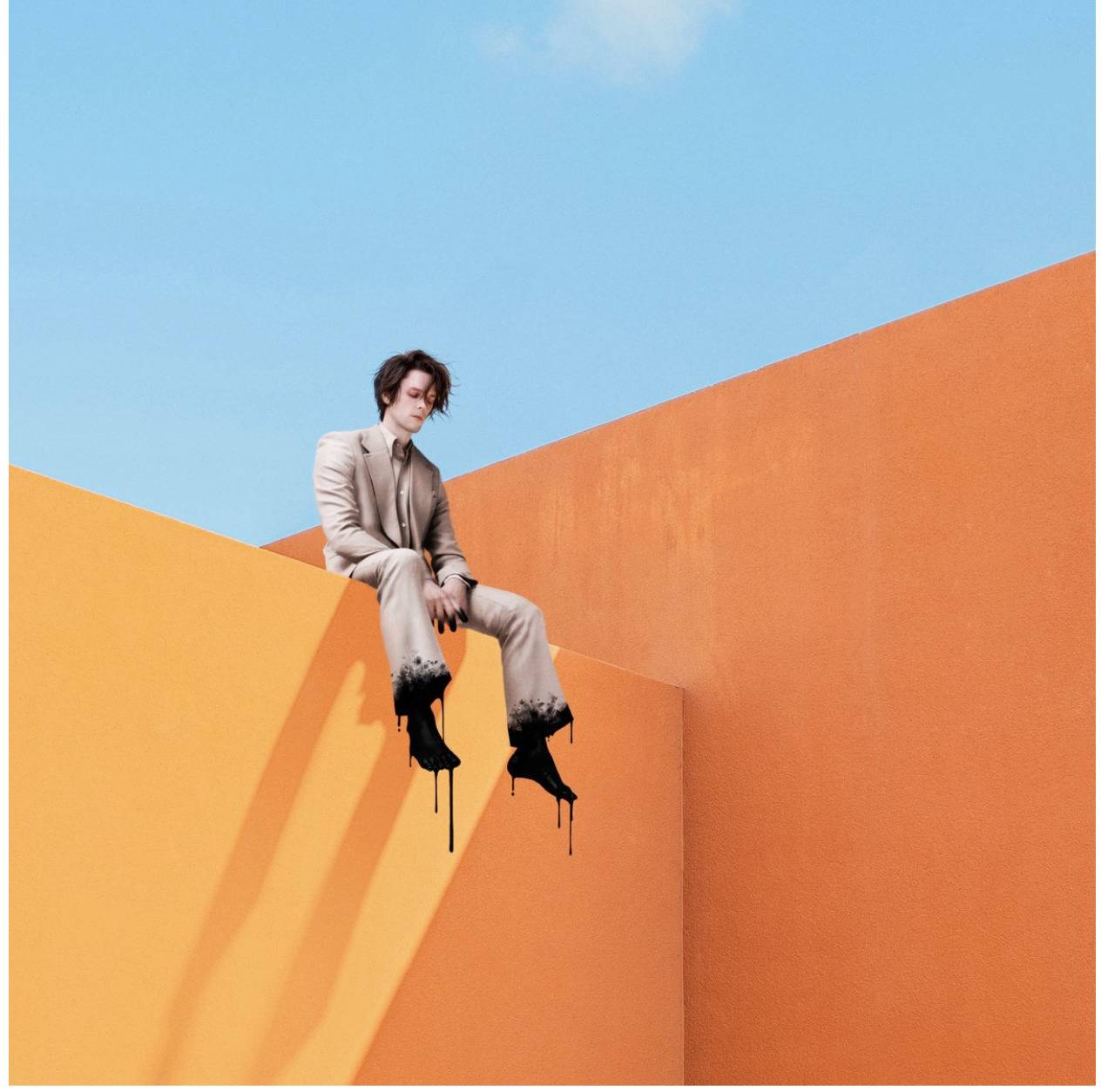by Caroline Keem
Step outside and look around. Look at the street where you live. Look at how it’s laid out, how buildings are located. Notice for a second how areas for walking, gathering or other kinds of human usage are placed. Unless you are reading this from a rural location, you’ll see a fairly straight road with houses or buildings in a row and within a specified distance from the street. Any trees that happen to be there poke through the concrete at neatly preordained locations with their branches awkwardly trimmed so as not to offend signage or power lines.
This configuration is not necessarily the most natural or the most comfortable for either trees or humans. What you see, right on the street where you live, is a spatial setup imposed from the top down that takes into consideration the needs of a city government to control, perform surveillance on, and schedule an environment. You need open space, fresh air, greenery, something to sit on as you wait for the bus. You need something artistic and surprising to enliven your environment. But this need is generally so low on the city planner’s priority list that building codes which take it into consideration don’t even exist.
What happens when activists within a community prioritize social and environmental needs and turn a rapidly developing area into a livable community?
Belltown Paradise/Making Their Own Plans, a collection of essays compiled by SAIC Instructor in Arts Administration, Brett Bloom, outlines the efforts and struggles of the eccentric, artsy Belltown neighborhood of Seattle to transform the Vine Street area into a people centered, green street. In community-led initiatives such as Growing Vine Street (GVS), volunteers spent countless hours struggling to develop an urban area with a bottom-up, neighborhood-led mentality focused on the human interface within the city space.
Originally known as the Denny Regrade, Belltown is the growing neighborhood centered around Vine Street and Elliott Avenue near downtown Seattle. The economic boom of the 1990s sent condos flying up on every block, and Belltown faced rapidly increasing density. Dot.com millionaires began crowding into an area already populated by low-income housing, day-labor centers, a colorful community of artists, and plagued by a host of urban ailments (drug addiction, prostitution, homelessness). GVS is a neighborhood initiative which, in its large scope and agenda of multi-year plans, sets out to plan green space into Belltown. With eco-system-based architectural design they hope to lessen the impact of the city on nature (in this case Puget Sound) and reintroduce natural elements back into the city.
One of the major ecological stresses of the city is storm-water runoff which regularly causes sewers to overflow into Puget Sound. These frequent overflows dump sewage-tainted water into natural water systems. GVS brought a green solution to the flooding problem by treating an eight block area of Vine Street as a storm water treatment infrastructure. Vine Street became a laboratory where art, architecture and ecology triangulated upon a set of creative and community-based solutions.
Vine Street was reduced to a one-way driving lane. Storm water run-off was recognized as a resource and integrated into the green street, using cisterns, fountains and irrigation for the public garden. The existing buildings also went green by adding roof gardens and vertical landscapes (plantings built into the downspouts of buildings). The Belltown P-Patch, a community-run, publicly-owned garden, was installed on a formerly abandoned lot on Vine Street after a few years of lobbying public officials for funding. The greening of Vine Street will never finish and continues to provide a venue for creative community involvement.
The design team for GVS found that even though city officials were supportive of the initiative, city procedures had no guidelines for and no way of accommodating non-standard designs. GVS had to take on the responsibility of changing city policy, often asking city officials to take big risks. This took time, but it satisfied the GVS goal of opening the way for future green streets in Seattle.
Belltown Paradise/Making Their Own Plans is also the story of artists whose art is of service to the community and whose community is their art. Some of their creative interventions were staged as temporary art pieces to protect trees from being hit by cars or to interconnect adjacent buildings housing different income levels. They continually bring to light the pain of living in the city that lacks greenery, public facilities and the need for peaceful co-existence and respect between residents’ income levels.
Chicago was a place the world looked to early in the 20th century to monitor how modern industrial cities with exploding economies and populations of workers would develop, grow, and possibly handle the pain points of their growth. Chicago’s solution was to create city plans roughly in 20-year increments. The plans varied in their approach to bringing about meaningful change in the life of the city. Some approaches were social and some were architectural. But all were top-down impositions by architects and planners with government-backed ideals of spatial economy and usage.
At the dawn of the 21st century, cities around the world are increasingly feeling the pain of poor neighborhood design, over-privatization, and the lack of housing and amenities for lower-income populations. Perhaps as cities realize a growing need to make shifts in the urban landscape, eyes will turn not to the big plans but to the small places and to neighborhoods such as Belltown which have allowed the needs of the community to fester and bubble up into a unique vision of their space. As Brett Bloom states, Beyond the limited scope of trickle-down urban planning and its pseudo-participatory processes are living neighborhoods where democracy thrives and people have a say in how their environment is shaped. We cannot trust experts to design cities for us.
April 2005




















